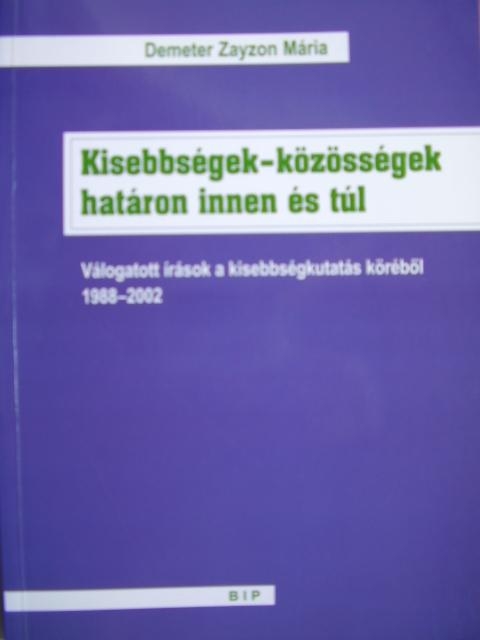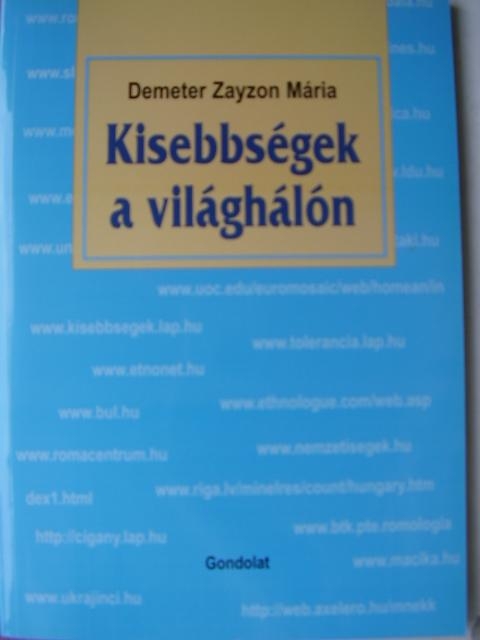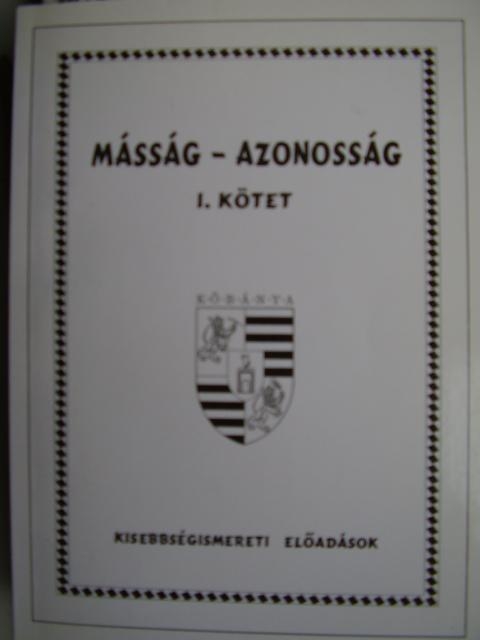Webseite von Maria Demeter Zayzon
Tanulmányok az oroszlán-ábrázolásokról
(Studies on lion representations)
(Kulturantropologische Studien zur Löwe in der Kunst)
- Wikipedia: Cultural depictions of lions: http://en.wikipedia.org/wiki/Cultural_depictions_of_lions
- The lion in the representation: from the Paleolithic to the historical times
http://www.paleolithicartmagazine.org/pagina65html.html
- Felice Moretti: Storia medievale. Sorridere sul pulpito, ridere in piazza. Il bestiario fantastico della cattedrale di Bitonto
http://www.storiamedievale.net/collaboratori.htm#moretti
- A román kor művészete. Kulturális Enciklopédia – Fazekas projekt
http://enciklopedia.fazekas.hu/tarsmuv/roman.htm
- Symbolism of animals and birds represented in English church architecture by Arthur H. Collins, M.A. New York McBride,
Nast§Company, 1913
- Pál József, Újvári Edit szerk. Szimbólumtár. Jelképek, motívumok, témák az
egyetemes és a magyar kultúrából, Budapest: Balassi Kiadó. 1997
- Újvári Edit: A szimbólumok világa
http://www.grafomagazin.hu/index.php?menu=22&rovat=3&id=211&cikkNev=QSBzemltYvNsdW1vayB2aWzhZ2E
- Hoppál Mihály, Jankovics Marcell, Nagy András, Szemadám György: Jelképtár. Helikon Kiadó,1997. ’Oroszlán’ 165. old.
- Günter Kloss: Der Löwe in der Kunst in Deutschland. Skulptur vom Mittelalter bis heute. Imhof, Petersberg, 2005.
http://de.wikipedia.org/wiki/L%C3%B6we
- History of Lion-Symbols. Lion-representations in the prehistoric Art. Analysis and Mapping of Cave Drawings, Figurines, Carvings discovered and studied at World level.
(Demeter Zayzon Mária: Az oroszlán és jelképei. Oroszlán-ábrázolások a művészetek kezdetén. 2013. május. Mss.)









